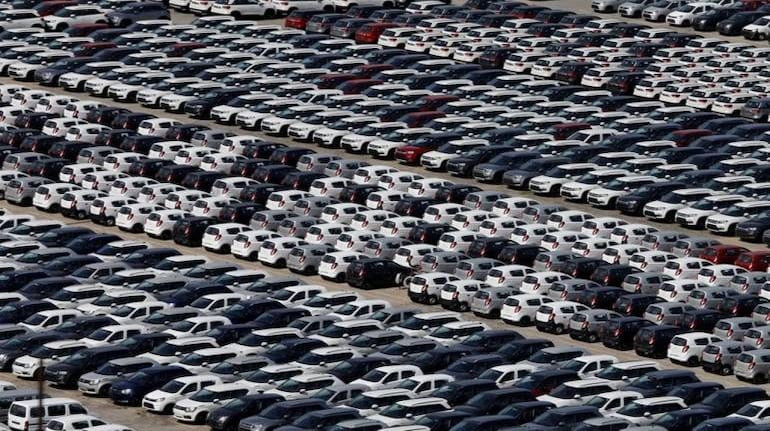



Rating agency Ind-Ra expects automobile sales to decline by 20-25 per cent this fiscal against its earlier forecast of 22-25 percent on account of increasing preference for personal mobility and an expected demand rebound from rural and semi-urban markets.
At the same time, the rating agency has maintained a negative outlook for the auto sector for the second half of the fiscal, owing to continued weak consumer sentiments and macroeconomic headwinds amid the disruptions caused by the pandemic, Ind-Ra said in a release.
The latest forecast is marginally better than the earlier forecast of 22-25 percent YoY decline in sales volume in FY2021, released in June this year, Ind-Ra said.
Favourable regulatory changes such as GST cuts or incentive-based scrappage policy could help demand revival in the medium-term, the ratings agency said.
It, however, warned that any significant spread of the virus to rural India could affect the recovery trend due to further disruptions in those parts of the economy.
Favourable regulatory changes such as GST cuts or incentive-based scrappage policy could help demand revival in the medium-term, the ratings agency said.
Both passenger vehicles (PVs) and two-wheelers (TWs) sales could fall 18-21 percent YoY in this fiscal while the decline in the commercial vehicles (CVs) sales would be 30-35 percent YoY in FY2021, on account of lower economic activities, it said.
Ind-Ra further expects auto volumes could post double-digit growth (in mid-teens) in FY22 primarily due to a lower base over FY20-FY21.
According to the ratings agency, lower affordability due to job losses/ loss of income would shift consumers’ preference towards lower-end vehicles, especially PVs.
In 2Ws, motorcycles will continue to outperform scooters as the former derives substantial demand from rural markets, it said adding CVs and more specifically medium and heavy CVs would continue to see a muted demand due to lower industrial production and excess capacity in the system, and any demand revival, therefore, is unlikely before the fourth quarter of 2021-22.
Light commercial vehicles are likely to benefit from increased e-commerce, and last mile transportation particularly for essential commodities, it said in the release.
Ind-Ra also said it expects limited rating movements in the sector in H2FY21 and therefore has maintained a stable rating outlook.
The ratings agency said it expects revenues to decline 16-20 percent YoY during the year with EBITDA margin contracting 100-150 basis points on lower operating leverage, leading to moderated credit metrics in FY21.
However, lower leverage and robust liquidity are likely to continue to provide strong financial flexibility, it said, adding original equipment manufacturers (OEMs) with greater presence in agriculture-based markets are likely to benefit.
The supply-side risks continue to persist, despite unlocking, given the swift spread of COVID-19 in tier-I/ tier-II cities where several plants of OEMs and auto ancillaries are located, as per the release.
Further, as capacity utilisation picks up, the issues related to lack of trained manpower, due to reverse migration, could emanate, it added.
Discover the latest Business News, Sensex, and Nifty updates. Obtain Personal Finance insights, tax queries, and expert opinions on Moneycontrol or download the Moneycontrol App to stay updated!
Find the best of Al News in one place, specially curated for you every weekend.
Stay on top of the latest tech trends and biggest startup news.